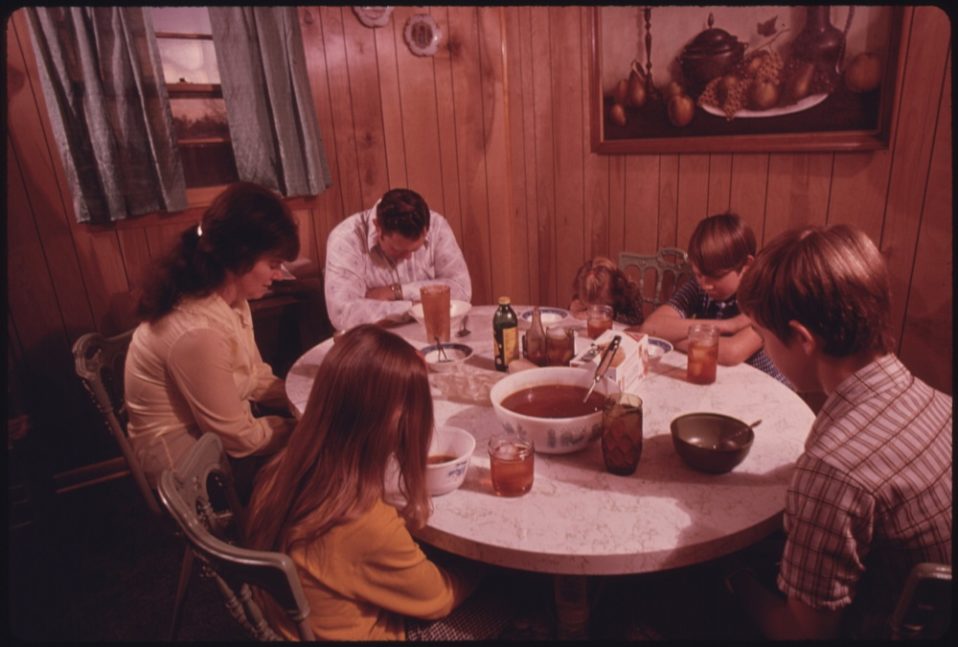“He who forgets the language of Gratitude can never be on speaking terms with Happiness” – Neil Strait
A few years back, I had the privilege of engaging with a very successful leader who would demonstrate infectious optimism, display trust and go the extra mile, energizing his team and peers with every interaction, in a disarming and humble manner. I was curious to know what was the blend of attitude, thoughts and emotions that was driving that highly impactful behavior. It took me some time to understand that it was mostly an innate feeling of gratitude for all the “positive people and things around him”. The surprising element was that he hardly expressed this feeling openly to his team.
“Gratitude” is the new corporate buzz word and being considered an important element in developing a culture of respect and motivating people.
As a child, I remember reading a story about how Gratitude is the least welcome virtue in this world. ( written by Mother, disciple of Sri Aurobindo). I had not really understood the story then, but many years later, I am slowly realizing the truth in that narrative.
If we relieve ourselves of religious (‘Guru Purnima’ as celebrated in India ) or social ( Thanksgiving ) sentiments, apparently most of us are disinclined to feeling grateful. More so in the competing, deadline driven and complex environment of a workplace.
Evolving ( and forward looking) organizations are encouraging a culture of showing gratitude by thanking, acknowledging or sharing praise, building on concepts like “ team before oneself” and “servant leadership”.
Yet in most cases ( at the workplace) people thank each other more as a formality, with conflicting body language, which seems to be saying “I am just being courteous to you”. Teams are thanked in sweeping gestures, for general reasons (‘your hard work’ or ‘delivering results’). While showing gratitude, the tone is flat and the expression is rushed as though saying “you were doing your job, I am just expressing my gratitude to motivate you“.
So what are the challenges to showing genuine gratitude in the workplace? Firstly, isn’t everyone just doing their jobs? If someone is working long hours, maybe the job demands it (which can happen with anyone). Thus there are few reasons for being truly gratified for hard work being done by an employee or peer.
Unlike positive feedback or motivational talk, an expression of gratitude also implies return of the favor in the future. (Also known as the “Law of Reciprocity”). Thus, if you express heart felt gratitude to an employee, it might raise his expectations for a future raise or bonus.
Some leaders even believe that people get lazy and relaxed on receiving feedback full of gratitude. On the other hand, If you are grateful to your superiors, may be you are being a sycophant.
So generally, at the workplace, people seem to have learnt the subtle art of ‘thanking without really thanking‘ !
Neuroscience has revealed that a show of gratification creates multiple positive states in the mind of the receiver. There is a release of dopamine causing increase in confidence, lowering of stress and anxiety. But if the message is given with conflicting body language and more as a social courtesy, the effect would be considerably diluted.
So could there be a deeper impact of gratitude in the workplace? Possibly yes, if we see gratitude more as a self development tool ( internally focused) than being a leadership skill ( to motivate people). Maybe the ‘language’ of gratitude is more relevant in our internal dialogue than being expressed to others.
When a person feels genuinely grateful ( whether expressed or not), it lowers anxiety, increases positive acceptance of conflicts, present moment awareness and “pro social“ tendency. This results in much higher optimism, focus on action, ability to manage negative or challenging situations and engage positively with people. This is a powerful state which is quite desirable in a leader.
So to leverage the impact of gratitude some elementary steps that could probably work are :
- Evoke a genuine feeling of gratitude : Has someone truly done something different or gone out of the way? Is someone making a special effort? Its helpful to feel justified about something to feel genuinely grateful. At a fundamental level, we could even feel gratified for the air we breathe or the food that is put on our table every day. So raising this feeling of gratitude may require some work to be done on ourselves. Presumably, if the feeling is truly genuine, there would be a natural urge to reciprocate. If the urge is not present, maybe we are not really grateful, but responding to a favor with a social gesture, which would intuitively show up as ‘fake’ to the recipient.
- Deepen the magic : The “secret sauce” is in feeling the gratitude permeate our mind and heart, moving us into a state of positivity (‘people are helping me’), optimism (‘desired outcome will happen’) and happiness (‘I am achieving’). Instead of rushing to express the gratitude, rather let it sink in, and relish the emotions, allowing us to move into a state which transforms our attitude and how we deal with challenges and engage in relationships.
- Demonstrate by action : An expression of gratitude could be in a simple “thank you” or a silent act of reciprocity. I have seen many relationships where there is deep gratitude, but no overt expressions or show. Rather a strongly caring, silent engagement. We could call it “silent gratitude” , which would emerge naturally in the form of strong optimism, focus, and readiness to extend help to people. Mother Teresa is a shining example of impactful action emerging from intense gratitude.
A leader who is in this state could possibly transform a team, ironing out doubts, fears and lack of motivation and energizing them into action, by “showing the way”.
“Silent Gratitude” could be an important self development tool to enhance performance at the workplace.
Any thoughts or feedback are welcome !





Post a comment